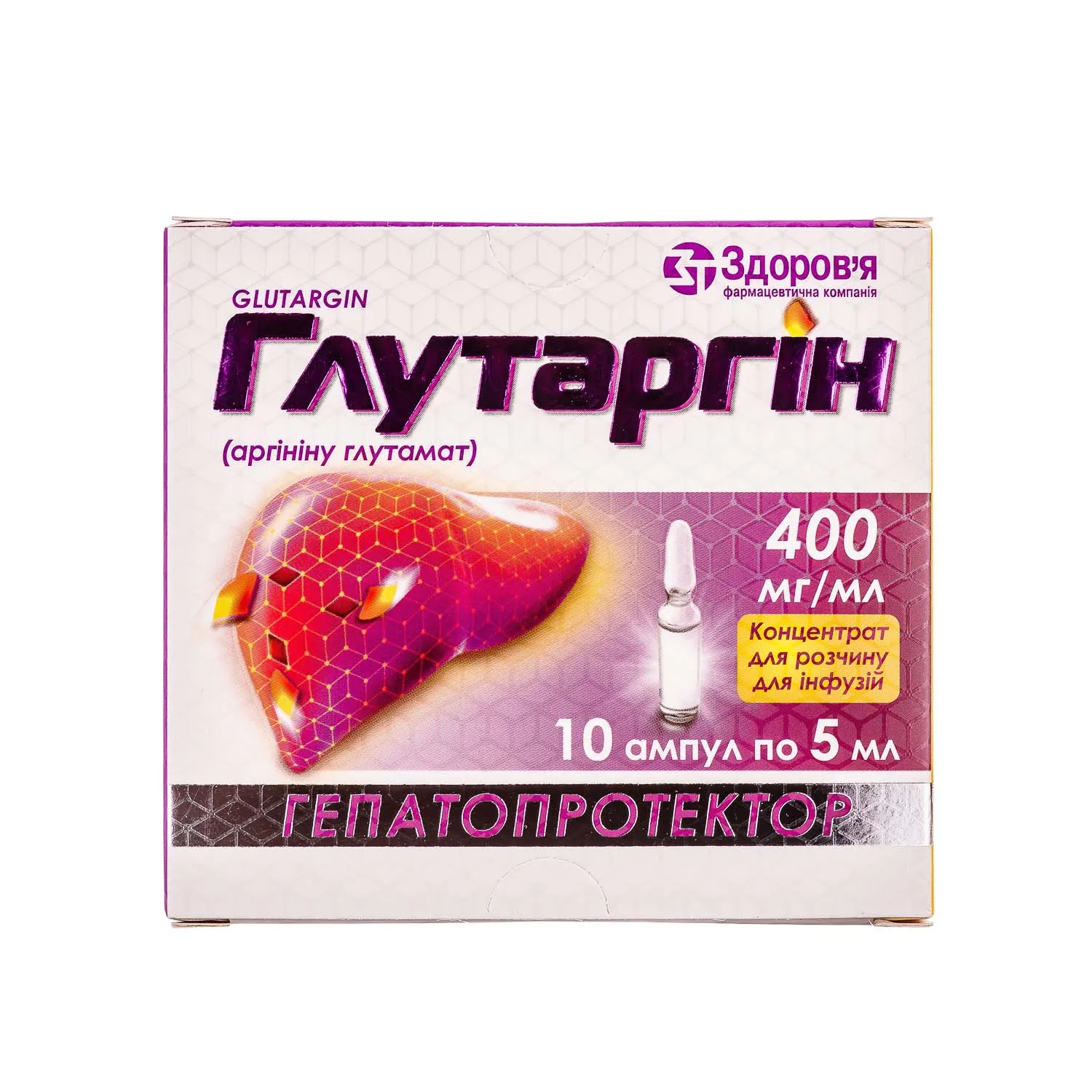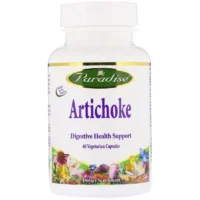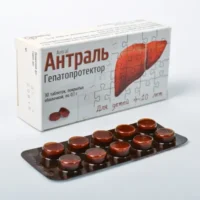Description
Glutargyn Ampoules Concentrate for Infusions 40% 5 ml. №10
Ingredients
Composition: Glutamine, Arginine
Mechanism of Action
Glutargyn contains a combination of glutamine and arginine, essential amino acids that play vital roles in supporting immune function, protein synthesis, and cell proliferation. This combination supports tissue repair and recovery processes, particularly in conditions requiring nutritional support.
Pharmacological Properties
Glutamine and arginine work synergistically to enhance immune response, promote wound healing, and support overall tissue health. The pharmacological properties of Glutargyn contribute to its effectiveness in providing necessary nutritional support in critical care settings.
Indications for Use
Glutargyn ampoules are indicated for conditions necessitating nutritional support, such as in critically ill patients, individuals with gastrointestinal disorders affecting nutrient absorption, or those in postoperative recovery.
Contraindications
Glutargyn ampoules should not be used in patients with a known hypersensitivity to glutamine, arginine, or any other components of the product. Careful consideration and evaluation for allergies or sensitivities are essential before administering Glutargyn.
Side Effects
Common side effects of Glutargyn may include gastrointestinal discomfort, allergic reactions, or rare cases of metabolic imbalances. Patients should be monitored for any adverse reactions during and after infusion, with immediate medical attention sought if severe reactions occur.
Usage Instructions
Glutargyn is intended for intravenous infusion only. The dosage and infusion rate should be determined by a healthcare professional based on the patient’s individual needs and condition. Proper dilution and administration protocols must be followed to ensure safe and effective use.
Benefits Compared to Analogues
Glutargyn stands out from analogues due to its unique formulation of glutamine and arginine, which offers comprehensive support for immune function, protein synthesis, and tissue repair. This distinct combination provides enhanced nutritional support in critical care scenarios.
Suitable Patient Groups
Glutargyn is suitable for a wide range of patient groups, including adults, elderly individuals, and pediatric patients under appropriate medical supervision. Dosage adjustments may be necessary based on age, weight, and specific health conditions.
Storage Conditions and Shelf Life
It is crucial to store Glutargyn ampoules as per the manufacturer’s instructions to maintain product stability and efficacy. Proper storage conditions, including temperature and light exposure requirements, should be strictly followed. The shelf life of Glutargyn should be checked before each use to ensure potency.
Packaging Description
Glutargyn ampoules are packaged in a secure and sterile manner to prevent contamination and maintain product integrity. Each box contains a specific number of ampoules, with clear labeling of the concentration, volume, and expiration date for easy identification.
Clinical Evidence and Proven Effectiveness
Studies have demonstrated the beneficial effects of glutamine and arginine on immune modulation and wound healing processes. Clinical trials have shown that the use of Glutargyn in patients requiring nutritional support can lead to improved outcomes in terms of immune function, tissue repair, and overall recovery.





